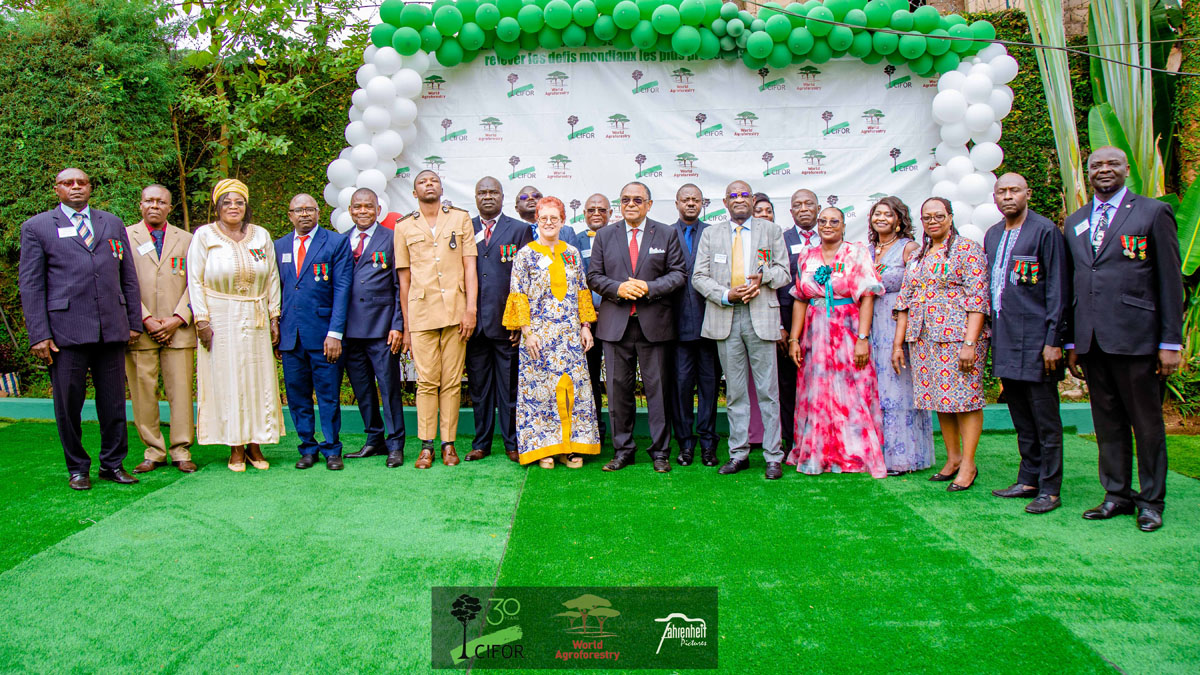Monitoring tree phenology is important for understanding ecosystem functioning and for assessing ecosystem responses to climate change. Satellite imagery offers open-access global coverage but is restricted to forest-level analyses, due to its coarse spatial resolution. Unmanned aerial vehicle (UAV) imagery can monitor phenology at the individual tree level by utilizing a centimeter-scale resolution. Two research objectives were identified for this study: (1) to derive phenological metrics at the individual tree level, using various vegetation indices (VIs); and (2) to assess the accuracy of automatic crown delineation in a diverse ecosystem. To achieve this, fourteen multi-spectral UAV flights were performed, and the ability of the normalized difference vegetation index (NDVI), enhanced vegetation index 2 (EVI2), optimized soil-adjusted vegetation index (OSAVI), and chlorophyll index red-edge (CIre) to model seasonal phenology was assessed. A double logistic model was fitted on the VI observations for each individual tree, to derive the start of season (SOS) and end of season (EOS). Individual tree crowns were delineated automatically using marker-controlled watershed segmentation (MCWS), and the treetops were identified using a local maximum filter (LMF). Overall, the automatic segmentation performed well (F-score: 0.79, IoU: 0.58), with higher accuracies in single-species areas, while it underperformed in complex mixed forest structures. All VIs captured a strong seasonal signal for the deciduous trees and derived SOS and EOS estimates consistent with literature and ground observations. General phenological patterns included an early silver birch SOS, a quick beech budburst, and large within-species phenology variations for oak trees. Seasonal VI variation for coniferous evergreen trees was limited, and the resulting phenology estimates proved unreliable. In conclusion, these findings emphasize the capabilities of UAV imagery for individual tree crown phenology monitoring. However, they also show the difficulty of monitoring evergreen phenology with the commonly-used VIs and stress the need for further investigations.
DOI:
https://doi.org/10.3390/rs15143599
Altmetric score:
Dimensions Citation Count:























